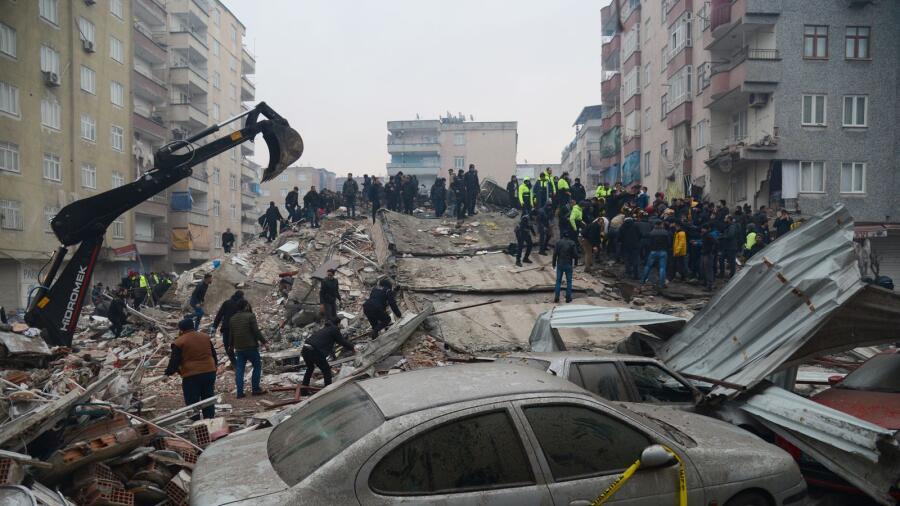Frank Hoogerbeets, researcher at the Netherlands-based Solar System Geometry Survey (SSGEOS), said in a tweet posted on Friday that, “Sooner or later there will be a ~M 7.5 #earthquake in this region (South-Central Turkey, Jordan, Syria, Lebanon).” Exactly three days after the Twitter post, the natural disaster struck Turkey and Syria.
He had forecasted the earthquake on February 03, three days before, which struck Turkey and Syria on Feb 06.
The massive quake rocked the region on Monday. A rescue operation is underway across much of southern Turkey and northern Syria following a huge earthquake that has claimed over 5,000 lives and thoroughly devastated the infrastructure.

The 7.8 magnitude earthquake knocked down multiple buildings in southeast Turkey and Syria. In Syria alone, at least 230 died and more than 600 were injured. The quake was also felt in Cyprus and Lebanon. It was followed in the early afternoon by another larger earthquake, magnitude 7.7.
Hours after the early morning earthquake which killed thousands, another one hit southeast Turkey of a magnitude of 7.5, the US Geological Survey said.
According to the SSGEOS website, their purpose is “monitoring geometry between celestial bodies related to seismic activity”. SSGEOS monitoring activities are based on evidence that “specific geometry in the Solar System may cause larger earthquakes”.
Separately in a YouTube video, Hoogerbeets predicts that “larger seismic activity” might occur with a magnitude of up to 6 in the region from Feb 4 to 6. “We could see some seismic increase from fourth to sixth most likely in the sixth magnitude range, mid-six, high six maybe,” he adds. “But because of that planetary lunar geometry from 31st to the third of February with lunar geometry in between there is a slight possibility of a serious seismic event around the fourth.”


